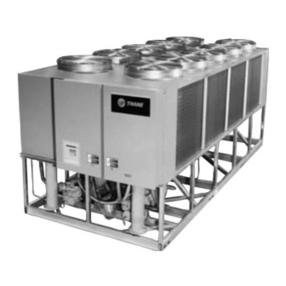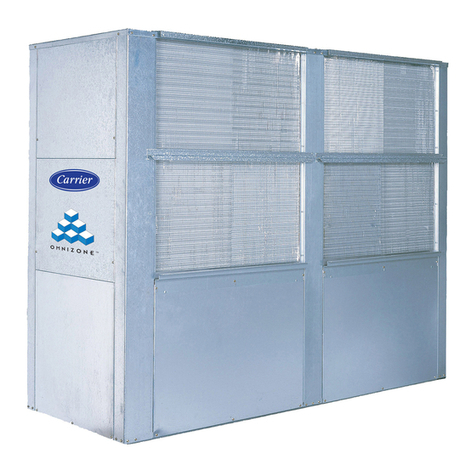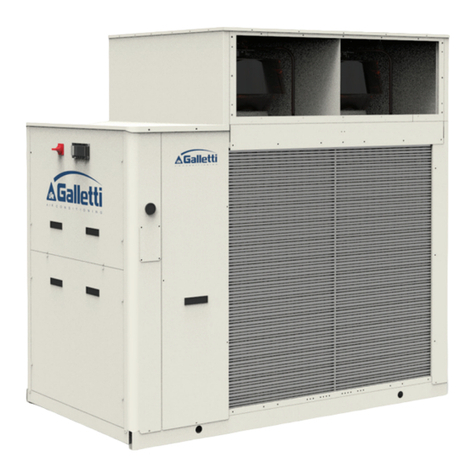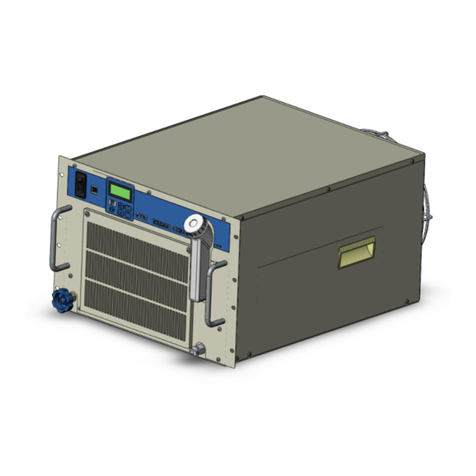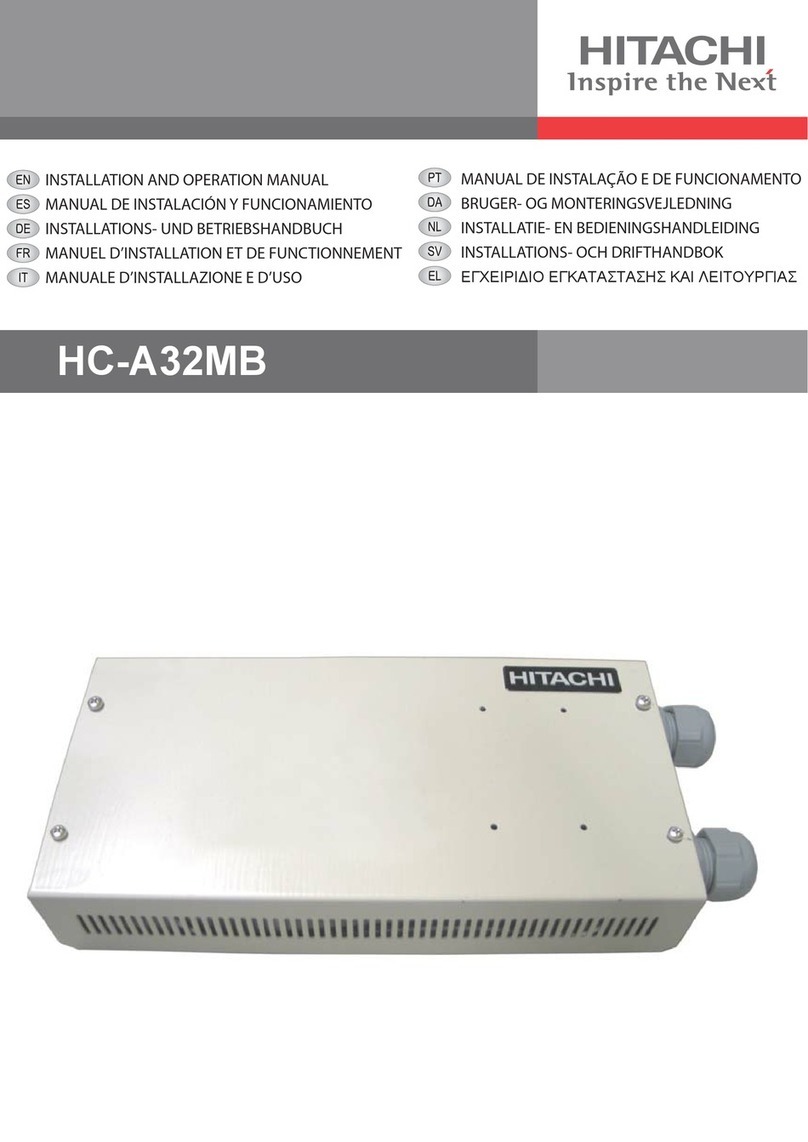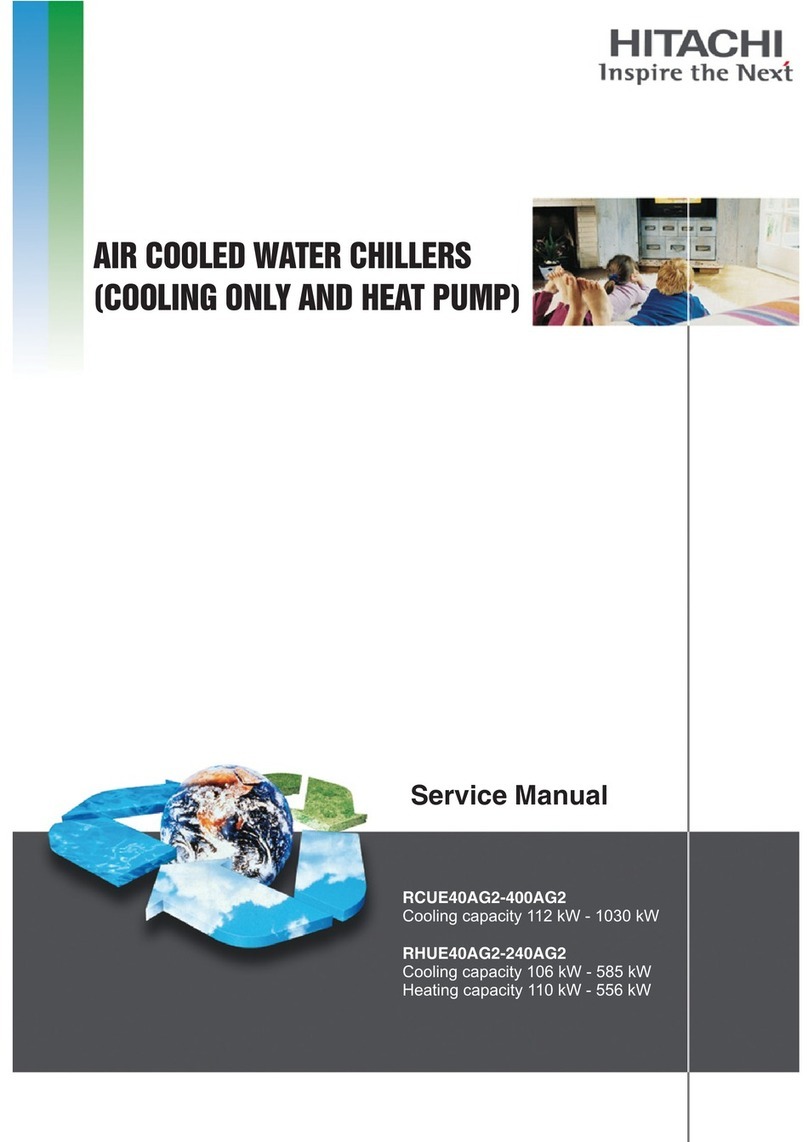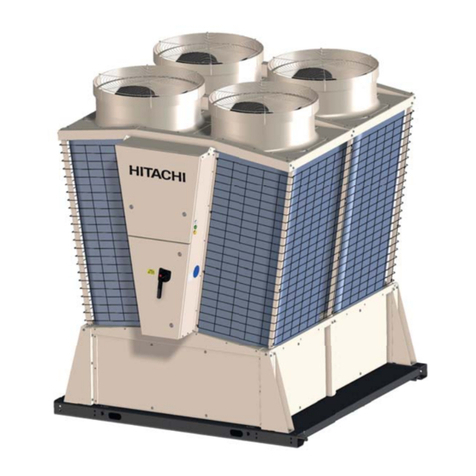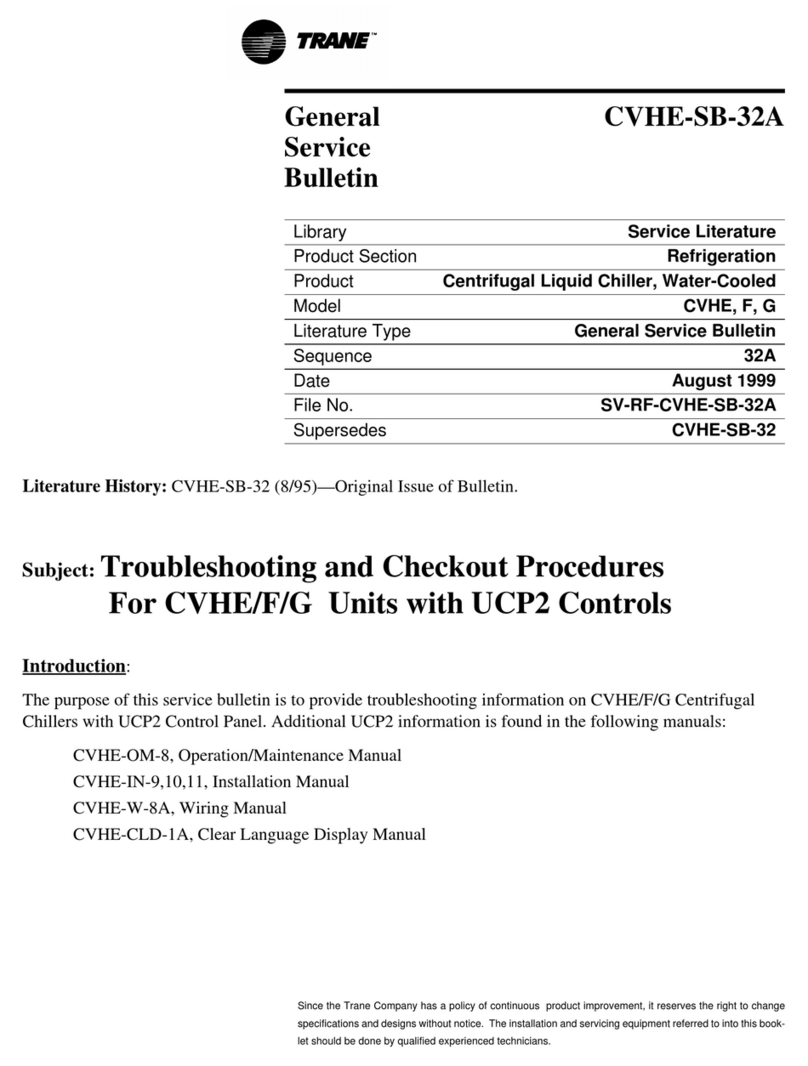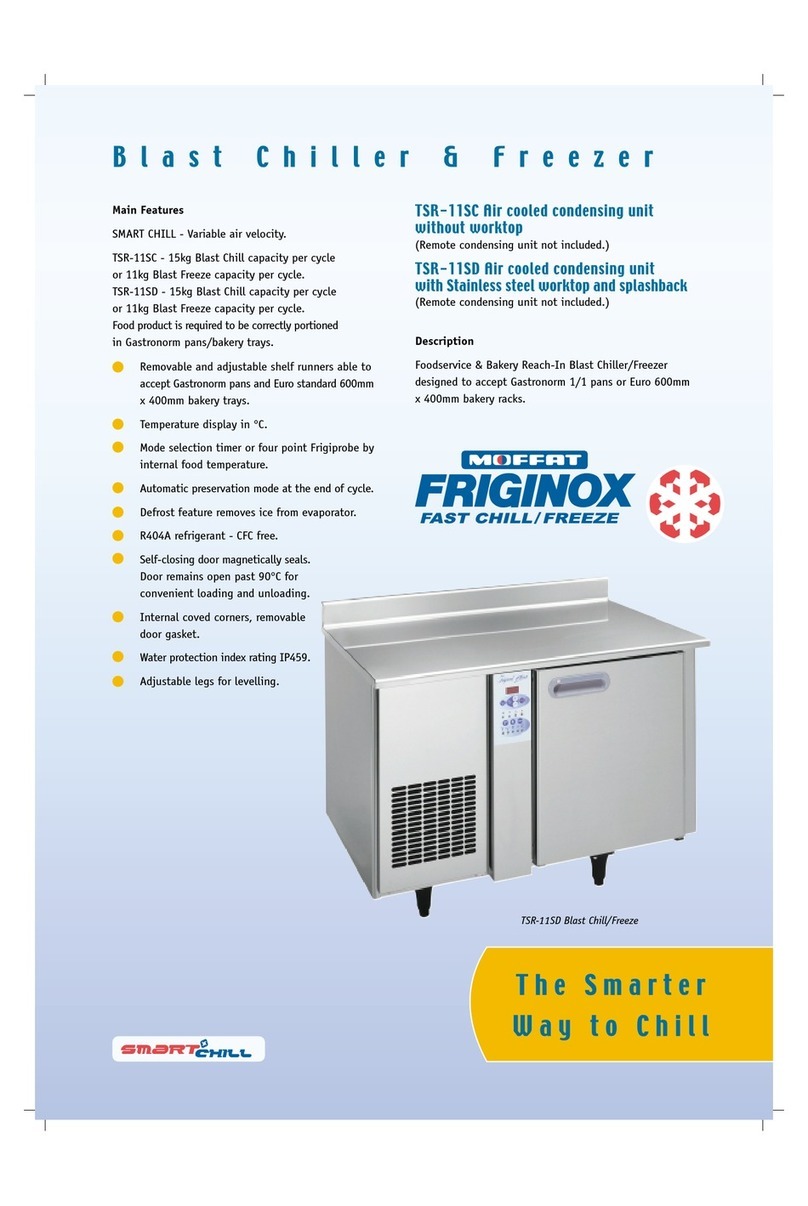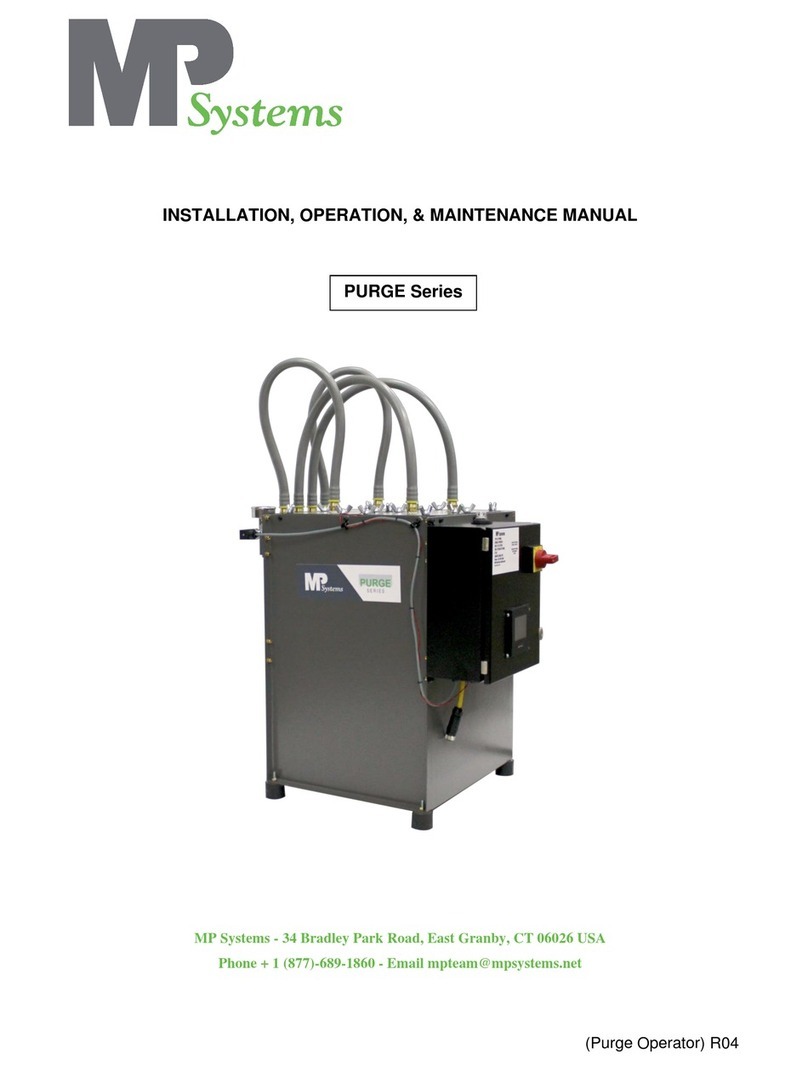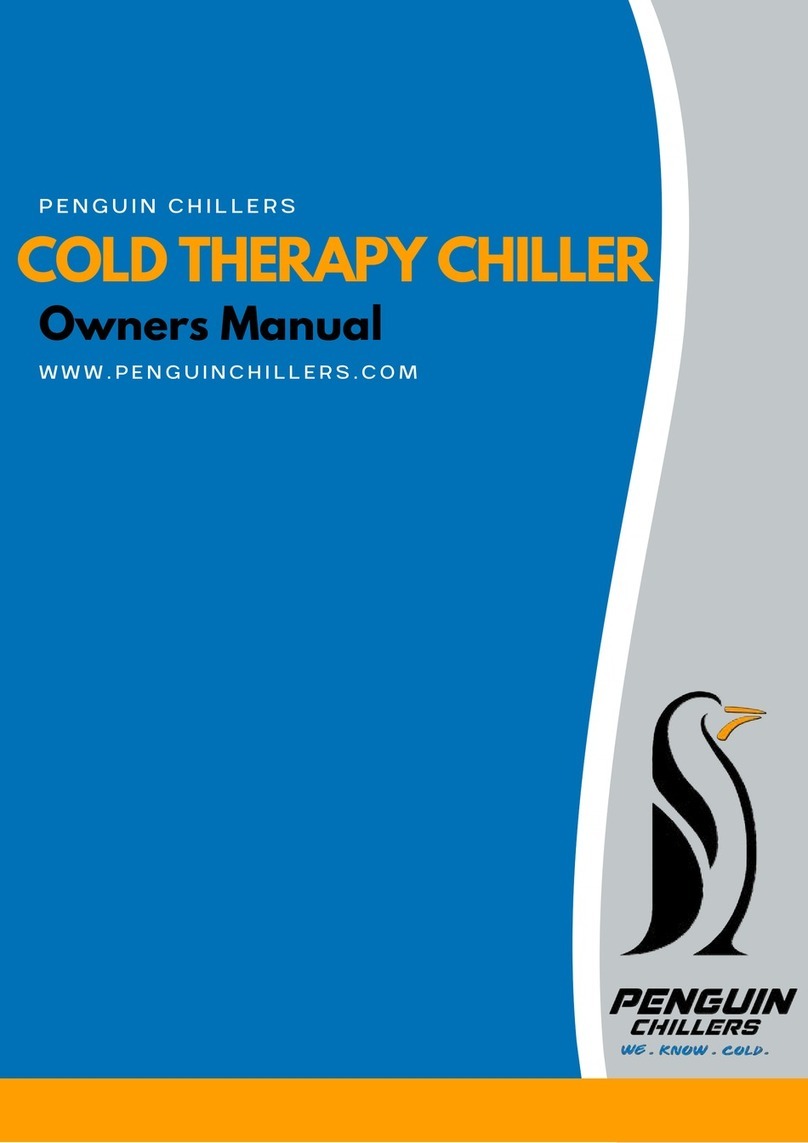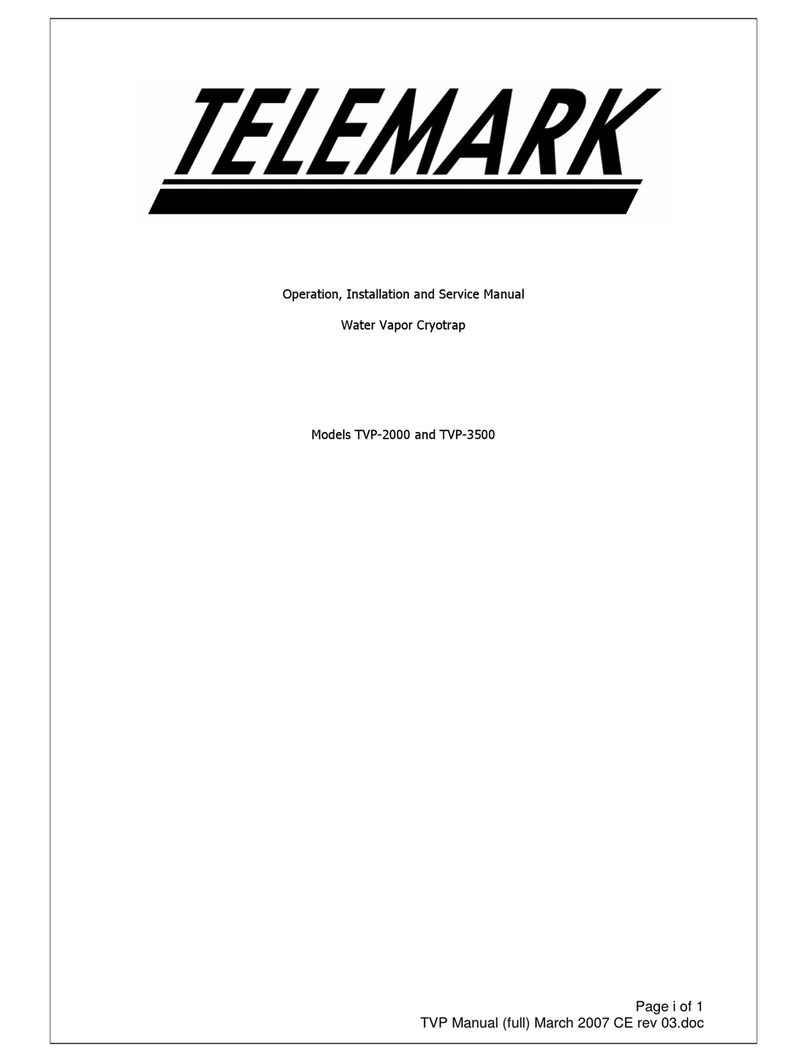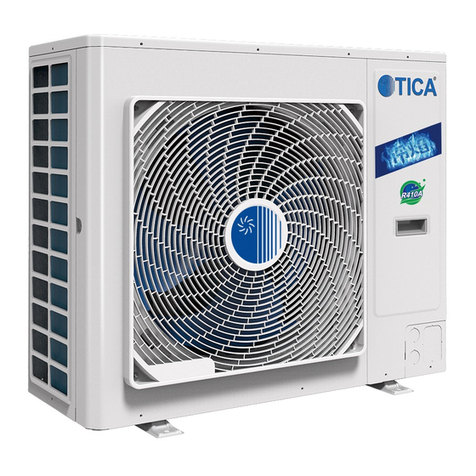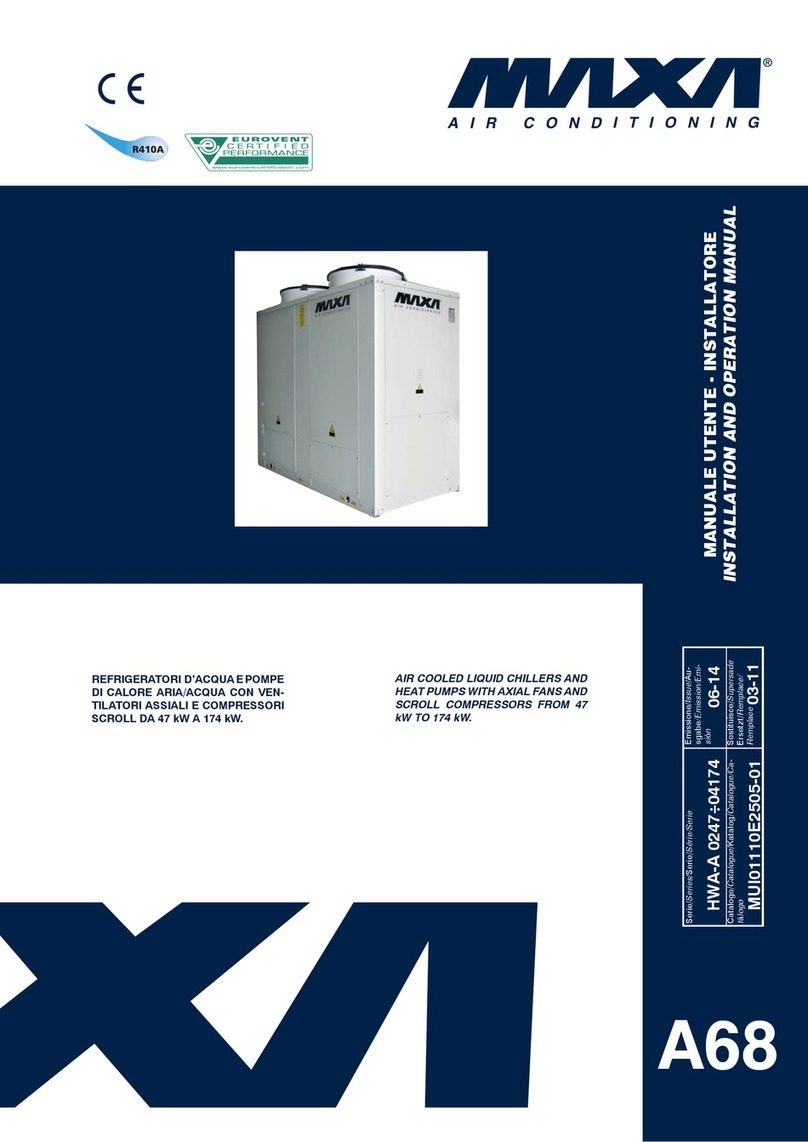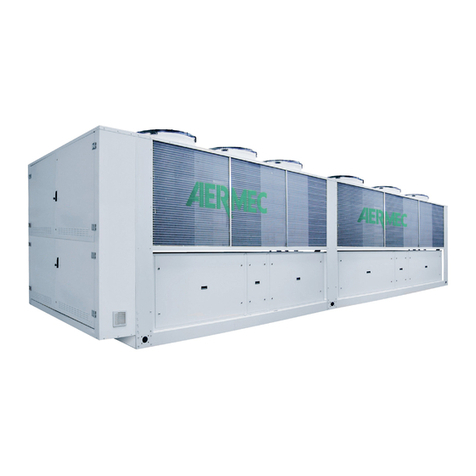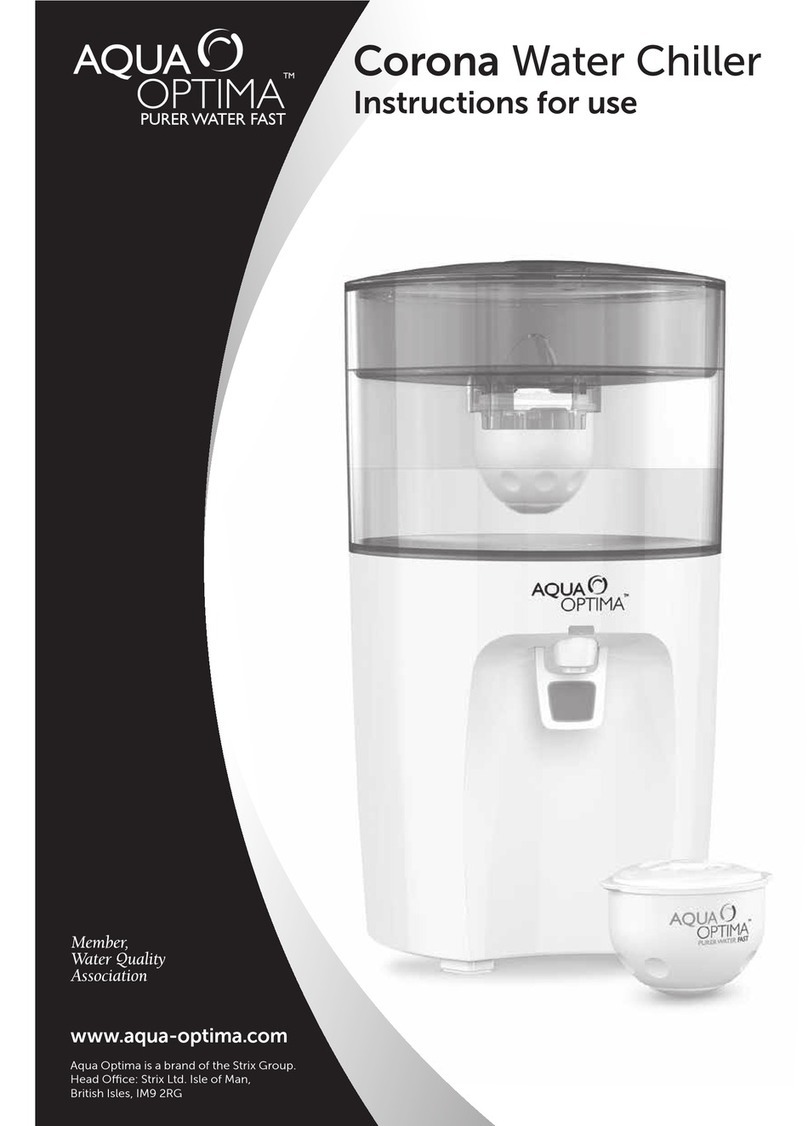
General Index
SMGB0120 rev.0 - 11/2017
IV
2.4.1 Setting of switches on the setting PCB ......................................................................................................... 48
2.4.2 Operation control of the module .................................................................................................................... 49
2.5 Time chart .............................................................................................................................................50
3. Servicing................................................................................................................... 51
3.1 LCD display for Service Menu............................................................................................................... 53
3.2 General notes........................................................................................................................................61
3.3 Cycle components.................................................................................................................................62
3.3.1 Compressor removal ..................................................................................................................................... 62
3.3.2 Overhaul work ............................................................................................................................................... 65
3.3.3 Recovering the refrigerant............................................................................................................................. 67
3.3.4 Replacement of the condenser ..................................................................................................................... 67
3.3.5 Replacement of the cooler ............................................................................................................................ 69
3.3.6 Replacement of expansion Valve .................................................................................................................. 70
3.3.7 Filter drier ...................................................................................................................................................... 71
3.3.8 Replacement of the check valve ................................................................................................................... 72
3.3.9 Replacement of the stop valve (with check joint) .......................................................................................... 73
3.3.10 Replacement of the high pressure switch (PSH)......................................................................................... 73
3.3.11 Replacement of the pressure sensor (Pd)................................................................................................... 73
3.3.12 Replacement of the pressure sensor (Ps)................................................................................................... 73
3.3.13 Replacement of the pressure sensor (PSW)............................................................................................... 74
3.3.14 Replacement of the pressure relief valve .................................................................................................... 74
3.3.15 Replacement of the sight glass ................................................................................................................... 74
3.3.16 Replacement of the stop valve (x3)............................................................................................................. 74
3.3.17 Repalacement of the thermistor (Suction, THMs) ....................................................................................... 75
3.3.18 Replacement of the thermistor (Discharge, THMd)..................................................................................... 75
3.3.19 Replacement of the crankcase heater (CH) ................................................................................................ 75
3.3.20 Replacement of the thermistor (Evaporation, THMe).................................................................................. 76
3.3.21 Replacement of the thermistor (Cooler water inlet, THMwi)........................................................................ 76
3.3.22 Thermistor (Cooler water outlet, THMwo2) ................................................................................................. 77
3.3.23 Thermistor (Cooler water outlet, THMwo) ................................................................................................... 77
3.3.24 Replacement of the solenoid valves (SVa, SVb, SVc) ................................................................................ 77
3.4 Electrical components ...........................................................................................................................78
3.4.1 The E-box...................................................................................................................................................... 78
3.4.2 Removal of the LCD screen .......................................................................................................................... 78
3.4.3 Replacement of lamps and push buttons ...................................................................................................... 79
3.4.4 Access to electrical components ................................................................................................................... 79
3.4.5 Removal of the PCB’s ................................................................................................................................... 81
3.4.6 Transformer (TF1) ......................................................................................................................................... 83
3.4.7 Transformers (TF2, TF3, TF4)....................................................................................................................... 83
3.4.8 Overcurrent relay (ORC) ............................................................................................................................... 83
3.4.9 Contactors (CMC, CMCD, CMCS) ................................................................................................................ 84
